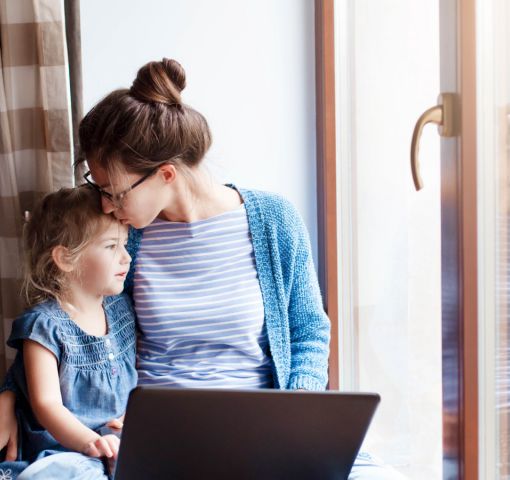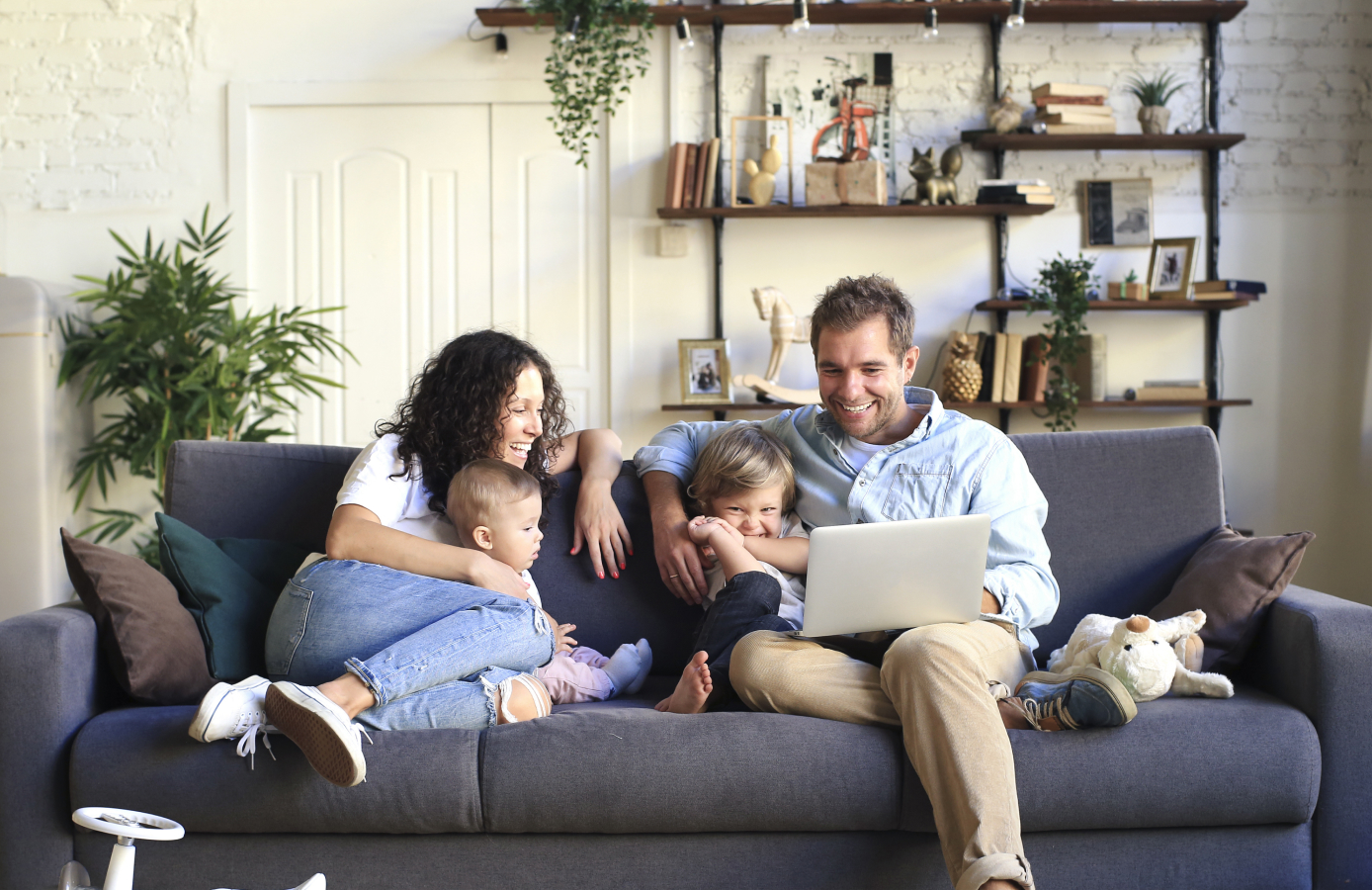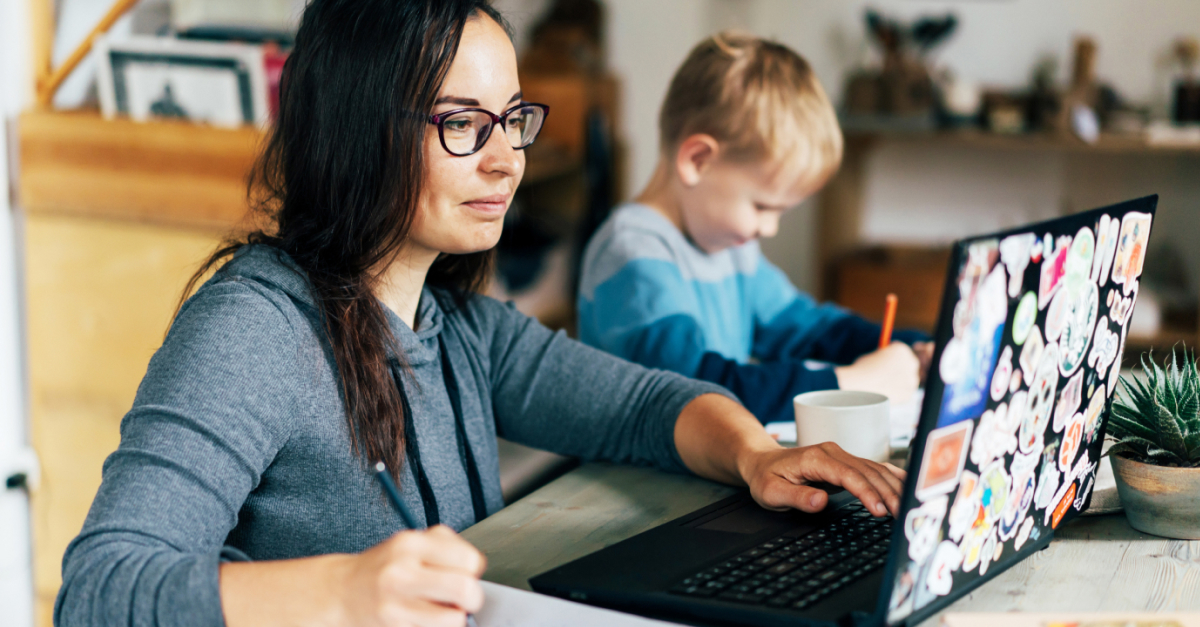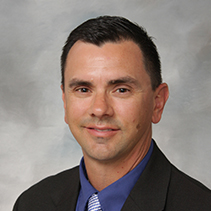
How to help children cope with COVID-19
7 min read
07/11/2023

How does the coronavirus pandemic affect children mentally?
Not surprisingly, Dr. Metts says that the level of anxiety in the general population is much higher now than it was even three months ago. Parents observe that their children “are just not the same” or are not able to manage their anger. There is more anxiety, fear, and worry, together with sudden isolation.
How common is anxiety in children and what are the symptoms?
According to Dr. Metts, we should differentiate between an anxiety disorder and intermittent anxiety.
While exact figures of how common anxiety disorders vary, it’s most commonly quoted that 10% of Americans will suffer from anxiety disorder. In order to be diagnosed, symptoms have to be present for more than half of the week and persist for longer than 6 months — given that the coronavirus pandemic became a major issue in America only around 3 months ago, the criteria can, by definition, not be met. This is why intermittent anxiety is much more common right now.
Symptoms of anxiety include:
- Poor focus (often interpreted as ADHD)
- A sense of impending doom
- Irritability
- Poor sleep
- Headaches
- Chest pains
- Shortness of breath
- Tachycardia (a fast heart rate)
- Abdominal pain, nausea, and vomiting
- Commonly, anxiety also manifests in absenteeism (children are missing activities they would otherwise want to take part in, like birthday parties, school, going out with friends, etc.) and presenteeism (the child does take part in the activity, but they are not in the moment and are unable to enjoy it because they are too preoccupied with their worries).
What should parents do to help children who display anxiety?
If parents are concerned about the anxiety levels their children are displaying, Dr. Metts suggests a mix of child-focused and parent-focused strategies. Child-focused strategies include helping your child to develop confidence that they are safe. Don’t be afraid to discuss the situation with your children.The pediatrician suggests limiting the information and ensuring that it’s age appropriate and in the right context — for example, watching the news daily with your young child in the room might not be a good idea. Another child-focused strategy is helping your child develop good coping skills, some of which we will describe below.
While it’s natural to focus on your child in the situation, taking care of yourself should be a priority as well.
“We want to put our children first, but the situation is somewhat comparable to the safety instructions you get when you travel on an airplane: You have to put on your own oxygen masks first before helping someone else. You have to take care of yourself and develop your own coping strategies.”
Dr. Metts also says that actively engaging with your child will help you to feel better yourself. He encourages parents to keep their sense of humor and to use it often.
There’s nothing wrong with having fun and smiling, even in stressful times!”
Practice a healthy lifestyle
The American Academy of Pediatrics has developed the 5-2-1-0 Program as the backbone of physical health in children. The numbers stand for:
- 5 or more servings of fruits and vegetables: We need to be eating healthier foods, at the right time, and in right amounts, especially in times of being stuck inside, which can lead to too much snacking, and in times of tension, can lead to stress-eating. It’s time to get back into a healthy routine!
- 2 hours or less of recreational screen time: Dr. Metts acknowledges that limiting screen time might be tough for parents right now. He still recommends parents to keep an eye on what their children are watching and if the movies, TV shows, and video games they consume are appropriate for them.
- 1 hour or more of physical activity: While adhering to social distancing practices remains as important as ever, Dr. Metts recommends getting as much physical activity as possible.
- 0 sugary drinks: Opt for water and low fat milk instead.
Alongside following the 5-2-1-0 Program, Dr. Metts also recommends adhering to healthy sleep practices.
“Ensure that your child gets the recommended hours of sleep — and don’t forget about teenagers, who need 8 to 10 hours of sleep! Many teenagers I’m talking to right now have fallen off their routines, even though bedtime routines are so important. Having a bedtime routine means going to sleep and getting up roughly at the same time every day. It’s also great to turn off the TV an hour before bedtime (read a book instead), take a warm shower before going to sleep (if you like to shower in the morning, a warm footbath does the trick, too), and sleep in a cool room under a nice warm blanket. You might also want to put on something nice to hear and even have something nice to smell!”
Coping strategies
Any healthy behavior that helps your child persevere is considered a good coping strategy. Dr. Metts suggests the following six strategies:
- Breathing exercises: It might seem like we’re all already experts on breathing (we do it everyday, after all), but sometimes it’s great to get back to basics: Controlled breathing can help children to slow down their thoughts and get back into the moment. Two apps that visualize breathing and are great tools are Breathe2Relax and Breath Ball. However, Dr. Metts’ favorite breathing exercise is low tech and a true classic: blowing bubbles. If you’ve ever blown bubbles (and we really hope you do!), you will know that it’s impossible to do while being angry or anxious — not only because you need a controlled air stream to make the bubbles come out without popping, but also because it brings pure joy!
- Meditation: There are a couple of great apps to help you learn to meditate, so consider giving a try to Let’s Meditate or Headspace — the latter offers some videos that are great for kids! Meditation helps you to slow down, feel your emotions, and process them.
“I’m not a yoga guy — I think it hurts too much — but yoga and meditation are great tools to get awareness of your thoughts.”
- Faith: If you have a faith practice, prayer is a great way to calm your anxiety. Talk to your clergy or pastor, read scripture, recite prayers or say your own, and listen quietly to God’s response.
- Use an object to bring your child back into the moment: Sometimes, in order to reduce anxiety, people need something to hold onto. To promote mindfulness and ground your child in the moment, you could ask questions about the object: Is it hard or soft, big or small, shiny or dull, smooth or textured?
- Set up worry time: It’s ok to worry, especially since the coronavirus pandemic created a very real situation. Set up some worry time where you listen to your child — and only listen. Worry time is not about solving your child’s problem. It’s about allowing them to share their worries and to acknowledge them. When the time is up, “package up” your worry and “put it away” until the next worry time is scheduled.
- Teach your children the word “yet”: There’s a difference between saying “I can’t do this.” and “I’m not ready yet.” — when you teach your children the word “yet”, you teach them that just because they can’t do something now, it doesn’t mean that they can’t accomplish it later. They might not be able to control their anxiety yet but with help, they can get there.
You should note that all these coping strategies don’t work very well when you try them for the first time in a situation when somebody is having a panic attack. It’s a good idea to start in a calm moment, practice, and keep practicing.
Seeking professional help
If you still have concerns, don’t hesitate to get help from your primary care provider! Take advantage of the telehealth options that many healthcare providers are offering and consider therapy options. Medication is also an option. Dr. Metts still has a positive outlook on the situation.
“Don’t give up. If you need something, we can help.”
If you are interested in reading a Q&A with Dr. Metts, click here.
James Michael Metts, MD
Pediatric Physician
A graduate of Des Moines University and the University of Missouri Child health Residency Program, Dr. James Michael Metts, MD, has been a Pediatric Physician at MercyOne Des Moines since 1999. Dr. Metts has served as the founding member and medical director of the Pediatric Hospitalist Program at MercyOne Children’s Hospital. He served as the Chairman of the Department of Pediatric Medicine and Specialty Medicine from 2002-2015 at Des Moines University, developing and teaching the pediatric curriculum. In 2015, he transitioned back into pediatric primary care with a focus on acute care, normal development, oral healthcare, and mental health. His practice is located in Pleasant Hill, Iowa.
Author
Kat Sperling
Head of Communications at OpusVi™
Kat is a Marketing and Communications Manager with more than 6 years of experience in the online learning space. She holds a bachelor’s degree in German and English Philology with a focus on linguistics from the Free University of Berlin in Germany. In her free time, she writes children’s fiction and attempts to learn Russian though she can’t quite figure out how to pronounce the Russian ы.
Related Articles

News
07/11/2023
Children’s anxiety in times of COVID-19 — a Q&A with pediatrician Dr. James Michael Metts, MD

News
07/11/2023
How does healthcare education need to change in the light of COVID-19?

News
14/05/2020
Learning at home — 4 strategies to stay focused with children around
The National Association of Latino Healthcare Executives (NALHE) and Dignity Health Global Education (DHGE) are aligned in their mission to increase access to high-quality education and equity in healthcare





